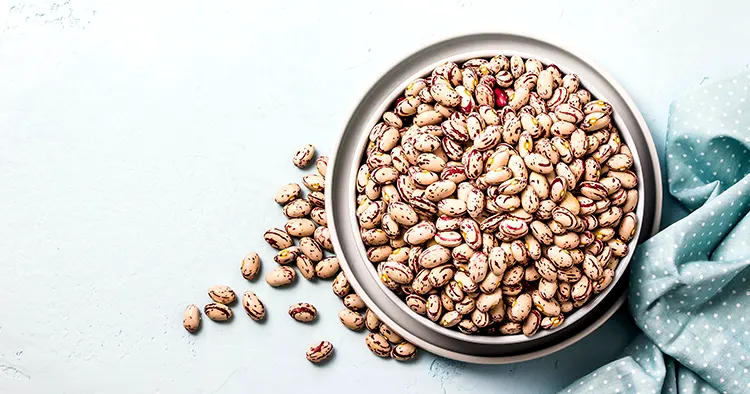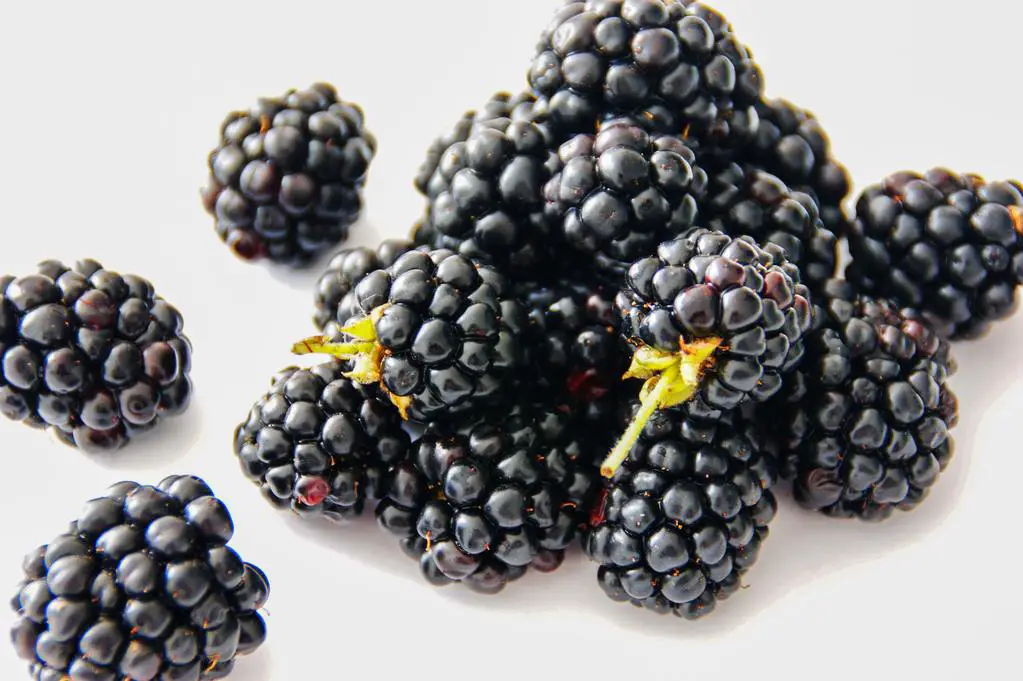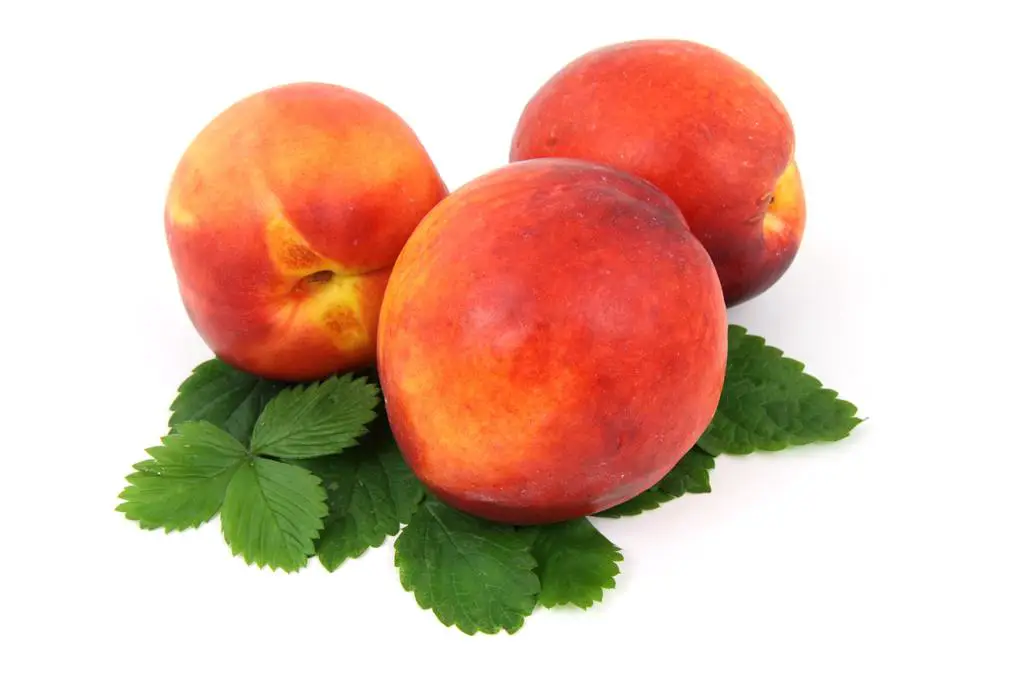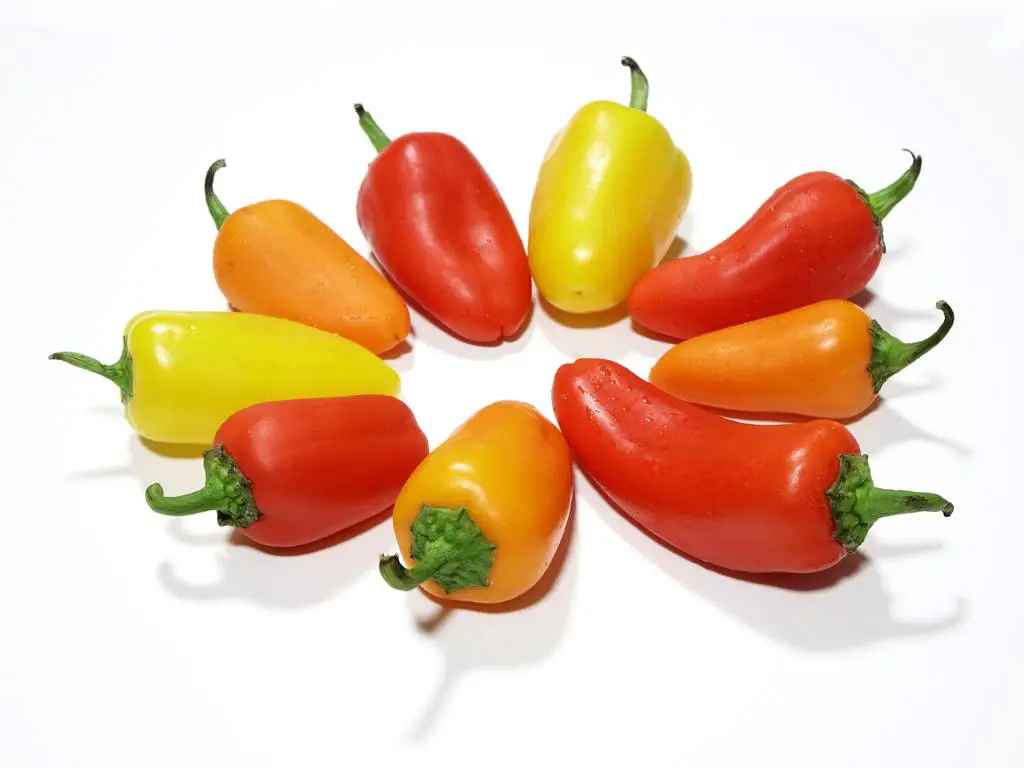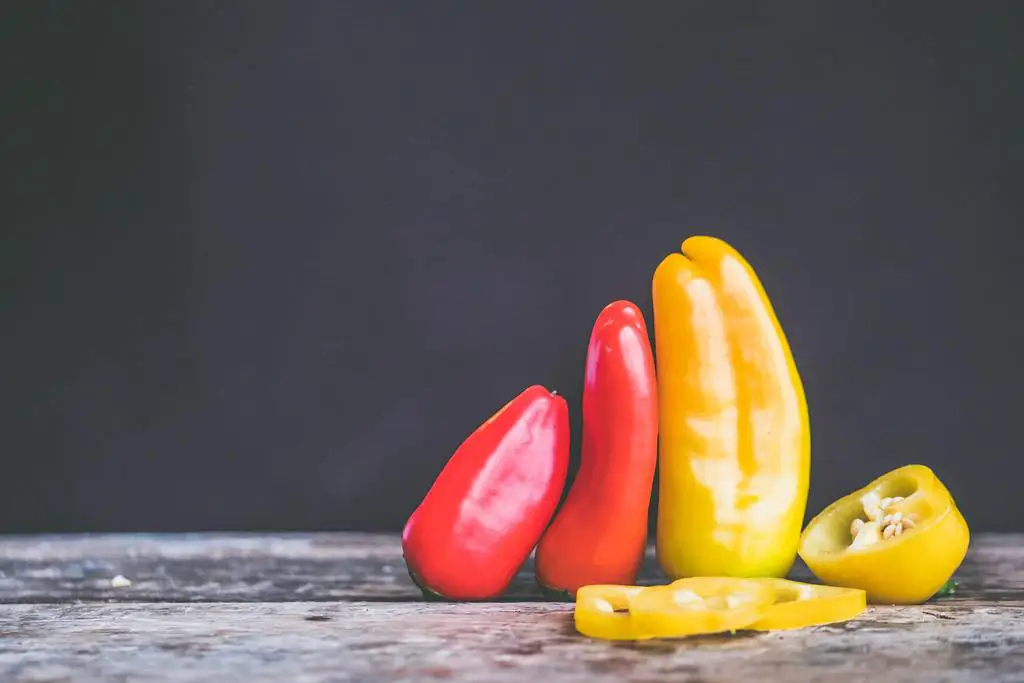Dried beans are great for your budget, but canned beans are simply just great and incredibly convenient – no need for soaking, boiling or planning ahead, and the texture is perfect every time. We offer an easy solution – canning dried beans – these will save you time and money, and they’re healthier!
Dried beans must be canned using a pressure canner. They are low in acid, but at risk of botulism; which is a toxin known to grow in foods that are not properly preserved, so it’s important to take care throughout the canning process. They also need the pressure to cook them to the right texture.
Table of Contents
Reasons for Canning Dried Beans
- You have beans in your pantry whenever you need them.
- You save money. A 1-pound bag of dried beans at the grocery store will yield as much as four cans of prepared beans. If you get beans in bulk, it’s even cheaper.
- You can control the sodium levels. Canned beans go through a significant amount of processing and have added salt and preservatives.
Types of Beans to Can
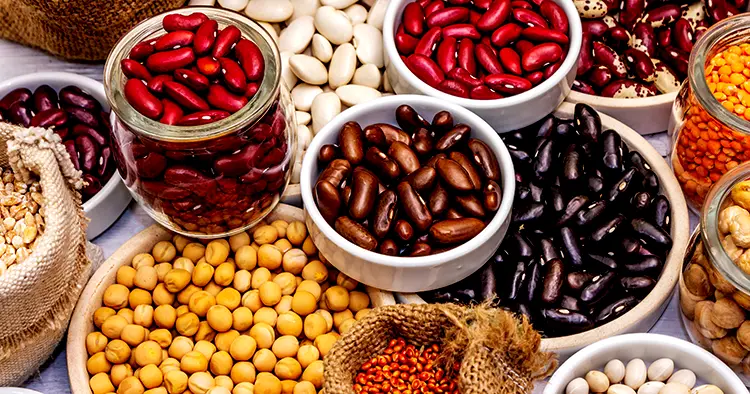
There are several types of dried beans available. Sometimes it depends on your area. Here are a few varieties:
- Adzuki is a small, reddish-brown bean with a nutty flavor often used in Asian cooking.
- Lima Beans are rich and buttery. Can them, then simply add them to soups, stews, casseroles, or side dishes.
- Black Beans are very healthy and used in soups, stews, or sauces. For example, Black Bean Soup.
- Black-eye Peas look just like a bean. They are most popular around New Year as a good luck food and frequently used in Southern cooking.
- Cranberry Beans are small creamy beans used in Italian, Spanish, and Portuguese cooking.
- Red Kidney Beans are great in chilis or salads. Try red beans and rice.
- Garbanzo Beans can be used to whip up a quick bowl of hummus, or fried into falafels.
- Great Northern are white beans. Try some cassoulet, Boston baked peas, or white bean and ham.
- Navy Beans are great for port and beans, baked beans, soups, and stews.
- Pinto Beans can be made into refried beans or other Mexican dishes.
How Many Dry Beans Do I Need?
As a general rule:
- ½ cup (4 oz) of dry beans for each pint jar
- 1 cup (8 oz) of dry beans for each quart jar
Prepare the beans
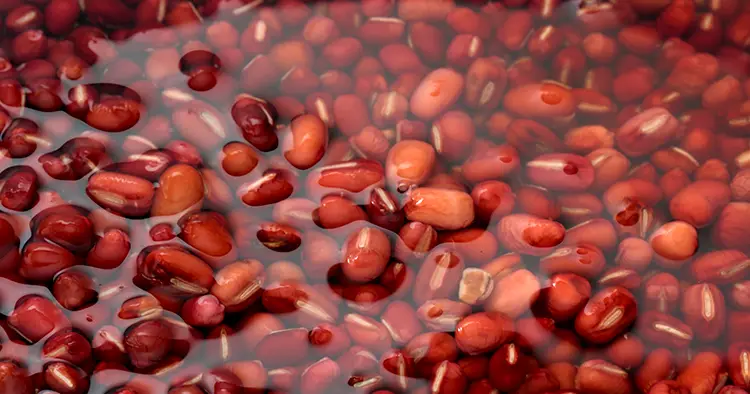
- Soak the beans overnight (or for at least 12-18 hours). Some people do not soak their beans, but it’s a good practice for several reasons. Firstly, this reduces bloating and gas caused by beans; it also reduces contaminants, speeds up cooking times, and reduces acid levels, which improves mineral absorption. Adding an optional two tablespoons of whey, vinegar, or lemon juice also helps break down the outer shell of the beans and enhances these benefits.
- Drain and rinse the beans.
- Add the beans to a large saucepan and cover them with fresh water by at least two inches.
- Bring the beans to a boil, stirring frequently. They are ready to place in jars.
Gather Canning Supplies
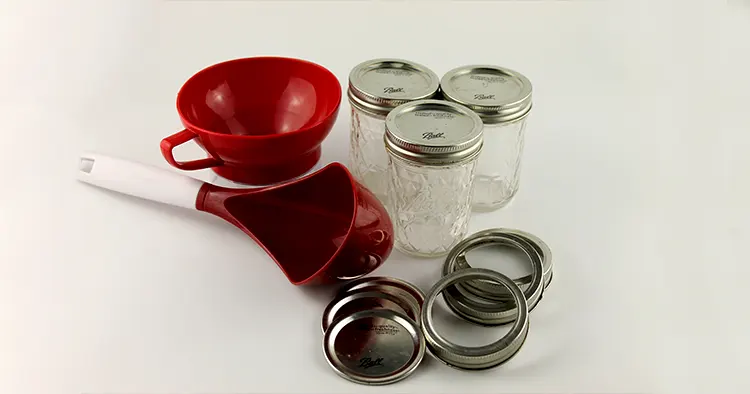
In addition to your green beans, have all of these supplies ready on a clean counter.
- Pressure canner
- Large Saucepan
- Canning Jars
- Canning Lids and Rings
- Magnetic Lid Lifter
- Funnel
- Bubble Popper
- Jar Lifter
- Clean Towels
Prepare the Pressure Canner
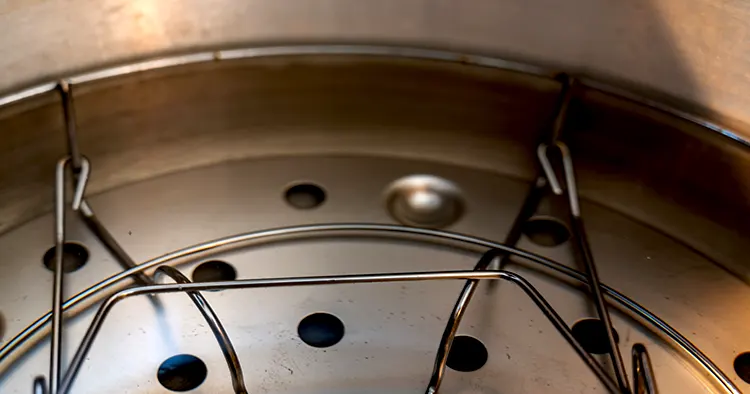
Note: If you are entirely new to pressure canning, please refer to this Start Guide.
Place the metal rack in the bottom of the canner and add about 3 quarts of water. Heat the water to a simmer. You don’t need the lid on at this point.
Heating the water does two things. Hot water will build pressure quickly when you put the lid on the pressure canner and start processing, and you always want to place your hot jars into hot water for safety. (Temperature differences can cause canning jars to break.)
Sterilize the Jars and Lids
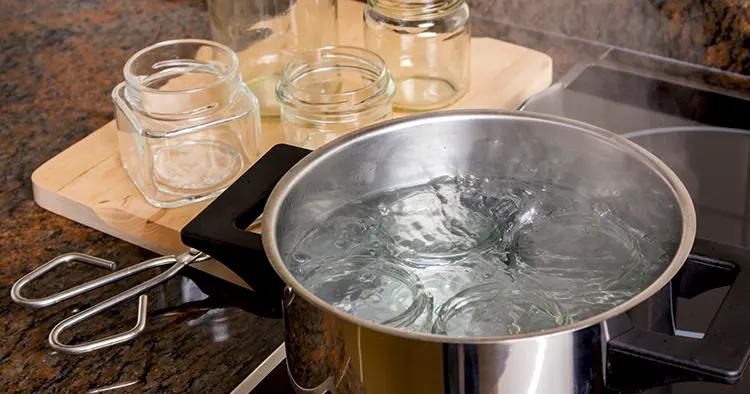
Your jars need to be clean and hot. You can do this in several ways:
- Sterilize jars in the oven at 200 degrees F for 20 minutes.
- Sterilize jars in boiling water for 10 minutes.
- Run the jars through the dishwasher and keep them on the warm cycle until they are ready for canning. Make sure your dishwasher rinses the jars very well.
Place your lids and rings in a pan of hot water and bring them to a simmer.
Canning Dried Beans
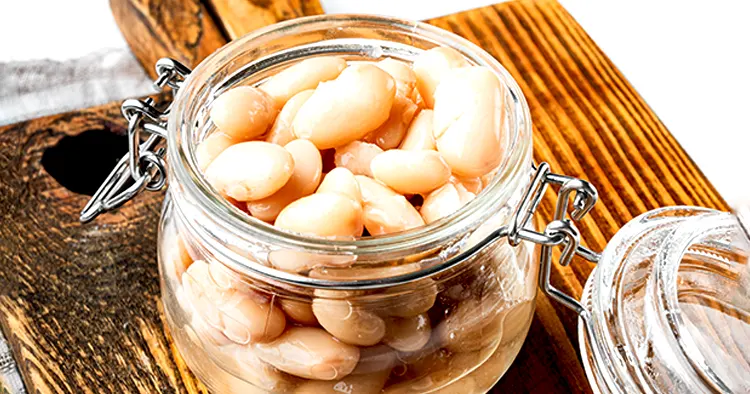
- Remove your jars from the oven, hot water bath, or dishwasher.
- Fill your jars with hot beans. Using a funnel will ensure a neater process. To get the most beans into the jar, use a slotted spoon and add the beans. Then add the cooking liquid until the jar is filled up to 1-inch from the top of the jar.
- At this point, you can add salt to the jar for flavor, but it is not necessary—1 tsp per quart and ½ tsp per pint.
- Using the bubble popper, remove any air bubbles that may be in the jar.
- Wipe the top of the jars with a wet and then dry rag. Make sure there aren’t any food particles on the rim of the jar.
- Add the lids and rings. (Use the magnetic lid lifter to handle the lids and rings, as they will be hot!) The rings should be tightened just until you feel resistance. Do not over-tighten.
- Place the jars in the pressure canner using the jar lifter.
- Make sure the water in the pressure canner is at least one inch above the top of the jars. (Add hot water from the tap if needed.)
Processing Time

Place the top on the canner and turn on the heat.
Once the gauge starts rocking, start the timer.
Process the jars for the time required (see the table below for guidance). For more information about canning at altitude, check out our Pressure Canning Altitude Chart.
If you have a Dial Gauge:
Jar Size: Pints
Processing Time: 75 Minutes
0 – 2,000 Feet in Altitude – 11 lbs. PSI
2,001 – 4,000 Feet in Altitude – 12 lbs. PSI
4,001 – 6,000 Feet in Altitude – 13 lbs. PSI
6,001 – 8,000 Feet in Altitude – 14 lbs. PSI
Jar Size: Quarts
Processing Time – 90 minutes
0 – 2,000 Feet in Altitude – 11 lbs. PSI
2,001 – 4,000 Feet in Altitude – 12 lbs. PSI
4,001 – 6,000 Feet in Altitude – 13 lbs. PSI
6,001 – 8,000 Feet in Altitude – 14 lbs. PSI
If you have a Weighted Gauge:
Jar Size: Pints
Processing Time – 75 minutes
0 – 1,000 Feet in Altitude – 10 lbs. PSI
Above 1,000 Feet in Altitude – 15 lbs. PSI
Jar Size: Quarts
Processing Time – 90 minutes
0 – 1,000 Feet in Altitude – 10 lbs. PSI
Above 1,000 Feet in Altitude – 15 lbs. PSI
Source: National Center for Home Food Preservation
If you have questions about canning at altitude, please see our Pressure Canning Altitude Chart.
Once the time has elapsed, turn off the heat and allow the pressure canner to release steam naturally.
Once it is safe, remove the lid off of the pressure canner and use the tongs to place the jars on a clean towel to cool completely.
Check the Seals and Store
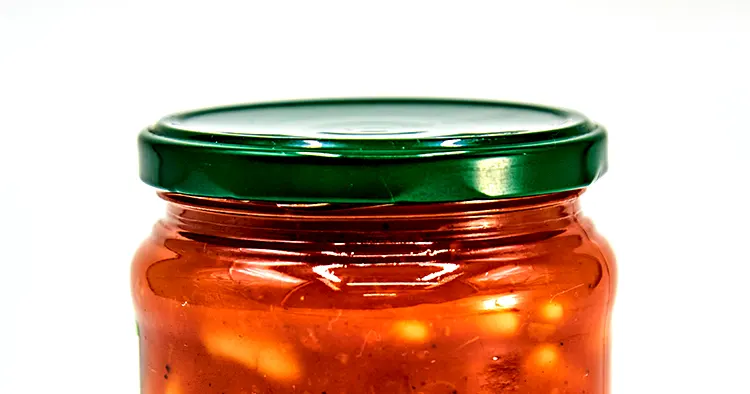
After the processing time has elapsed, remove the pressure canner from the heat and allow the pressure to dissipate slowly. Again, you will want to check your pressure canner manual for exact procedures on how long to wait to release the steam.
When it is safe, remove the pressure canner lid and use tongs to remove the jars from the hot water. Place them on a towel and allow them to cool completely.
Check to see if the jars have been sealed. If they haven’t, put that jar in the fridge and eat it within a few days.
If the jars have sealed properly, place the canned green beans in the pantry for use in the next 12 months.
Enjoying your Canned Dried Beans
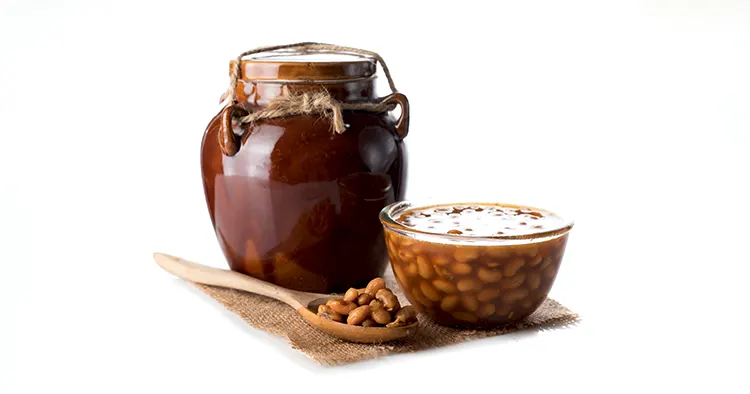
Canned dried beans are ready to eat right out of the can. Canning a variety of beans fills your pantry with many options for recipes. Canning dried beans can save you money and time on days when you need a quick meal or want to throw on a pot of chili. Have you tried canning dried beans? We’d love to hear about it in the comments below!
